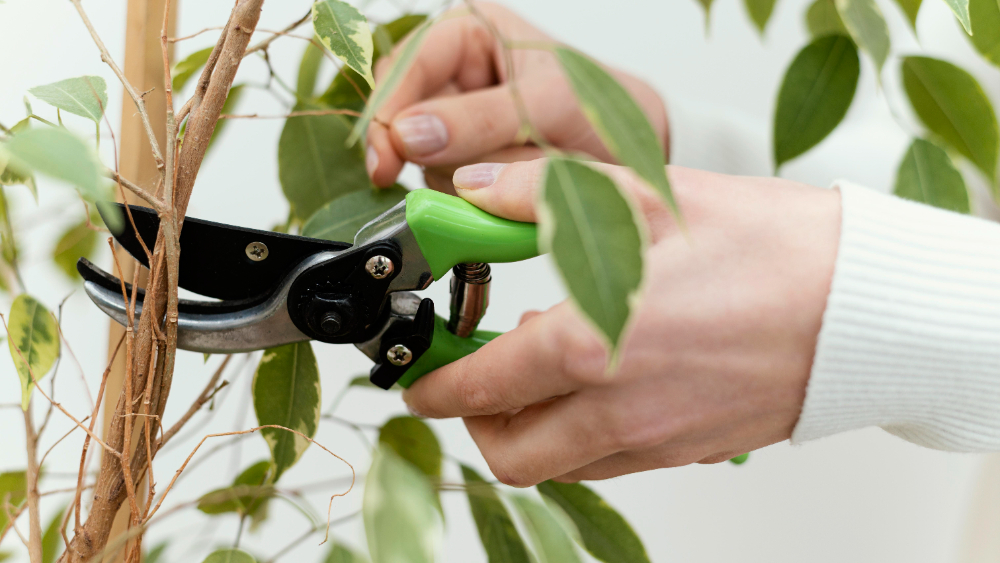Tree Pruning Massachusetts: Enhancing Tree Health & Landscape Beauty

When it comes to maintaining a healthy, safe, and attractive landscape, tree pruning in Massachusetts plays a crucial role. The region’s unique climate, diverse tree species, and seasonal storms make regular tree maintenance essential for homeowners and commercial property owners alike. Pruning is not just about aesthetics—it’s about ensuring tree longevity, preventing property damage, and fostering robust growth.
In this blog, we will explore why tree pruning is vital, the best times to prune trees in Massachusetts, the different methods used, and how hiring professionals can make all the difference.
Why Tree Pruning Matters
Tree pruning refers to the selective removal of branches to improve a tree’s structure, direct its growth, and eliminate any hazards. Here are some key reasons why it’s essential:
- Promotes Healthy Growth: Removing dead, diseased, or overcrowded branches improves air circulation and sunlight penetration.
- Prevents Safety Hazards: Overgrown limbs near homes, sidewalks, or power lines can pose serious safety threats.
- Enhances Appearance: Pruning helps shape a tree’s structure, enhancing curb appeal and landscape aesthetics.
- Boosts Flower and Fruit Production: For fruit-bearing or ornamental trees, pruning can increase productivity and vibrancy.
- Stops the Spread of Disease: Pruning infected branches helps contain the spread of pests and diseases to other parts of the tree.
Best Time for Tree Pruning in Massachusetts
Massachusetts experiences four distinct seasons, and the timing of pruning should align with the tree’s natural cycles:
- Late Winter to Early Spring (February to April): Ideal for most deciduous trees, this timing encourages new spring growth.
- Summer (June to August): Useful for corrective pruning and controlling growth after the tree’s peak growth season.
- Fall (October to November): Pruning in early fall can help prepare trees for winter, although it’s usually limited to dead or weak branches.
- Avoid Heavy Pruning in Late Fall/Winter: Cold snaps and ice storms can stress freshly cut trees.
Tree Pruning Techniques
Pruning is both a science and an art. Professionals use several techniques depending on the tree’s needs and the intended outcome:
- Thinning: Removal of specific branches to reduce density without altering the tree’s overall shape.
- Crown Raising: Removing lower branches to provide clearance for buildings, pedestrians, or vehicles.
- Crown Reduction: Reducing the overall size of a tree’s canopy, typically to manage growth or avoid utility lines.
- Deadwooding: Cutting away dead or dying branches to improve tree health and safety.
- Structural Pruning: Encouraging strong growth by correcting improper branching in young trees.
Benefits of Hiring Professional Tree Pruning Services
While some homeowners may be tempted to tackle pruning on their own, hiring an expert ensures safety, effectiveness, and long-term benefits.
Advantages include:
- Knowledge of Local Tree Species: Massachusetts is home to maples, oaks, birches, and pines—all with specific pruning needs.
- Proper Tools and Safety Gear: Professionals have access to industry-grade equipment to ensure clean cuts and safe operations.
- Disease Diagnosis: Certified arborists can identify early signs of disease or infestation that may go unnoticed.
- Insurance Coverage: Reputable companies are fully insured, protecting homeowners from liability in case of accidents.
Signs Your Trees Need Pruning
Not sure if it’s time to prune? Watch out for these indicators:
- Dead or brittle branches hanging over your home
- Branches touching power lines or obstructing walkways
- Dense canopies blocking sunlight from reaching your lawn
- Misshapen or unbalanced tree structure
- Signs of pest activity or disease on limbs
Common Trees in Massachusetts That Require Regular Pruning
- Sugar Maple: Prune in late winter to promote strong growth.
- White Oak: Minimal pruning required; remove dead wood as needed.
- Eastern White Pine: Prune damaged branches, especially after snowstorms.
- American Elm: Regular pruning can reduce the risk of Dutch elm disease.
- Flowering Dogwood: Prune after blooming to maintain its natural form.
Quick Tree Pruning Tips
Here are a few simple do’s and don’ts to keep in mind:
Do:
- Use clean, sharp tools.
- Make cuts at the branch collar.
- Remove no more than 25% of a tree’s canopy in one season.
Don’t:
- Prune in wet conditions (encourages disease spread).
- Use pruning paint or wound dressing.
- Cut random branches without a clear purpose.
Why Choose Northeastern Tree for Tree Pruning in Massachusetts
When looking for expert help with tree pruning in Massachusetts, Northeastern Tree is a name you can trust. With years of experience in tree care across New England, they offer certified arborists, state-of-the-art equipment, and tailored solutions for both residential and commercial properties.
Whether you need seasonal pruning, emergency trimming after a storm, or help managing tree diseases, their skilled team ensures your trees remain safe, healthy, and beautiful year-round.
The Importance of Professional Tree Removal Services
While pruning enhances tree vitality, some trees may pose a threat due to age, disease, or structural weakness and require complete removal. That’s where Northeastern Tree’s expertise also shines. Their tree removal service is efficient, safe, and minimally disruptive to your landscape. They handle everything from permits to stump grinding, offering peace of mind from start to finish.
If you’re looking to protect your property while maintaining its beauty, trust Northeastern Tree—the leaders in pruning and tree removal service in Massachusetts.
Conclusion
Proper tree care begins with proactive maintenance. From encouraging healthy growth to preventing costly damage, tree pruning in Massachusetts is an investment in your property’s safety and appeal. Whether you have towering oaks or delicate dogwoods, professional pruning ensures they remain vibrant for years to come. Contact Northeastern Tree today to schedule your next service.



